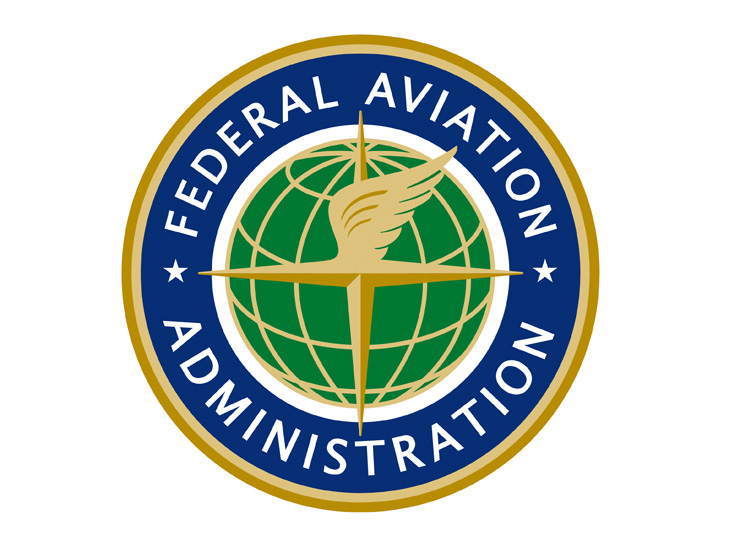
On December 17, 1903, Wilbur and Orville Wright famously started the aviation revolution with the first successful airplane flight. The powered aviation technology that they pioneered was truly put to the test during World War I, from 1914 to 1918. The United States Air Commerce Act of 1926, which created the Aeronautics Branch, was the first government-backed agency in the world dedicated to setting standards and regulations for the aviation industry.
Today, in the United States, this agency is called the Federal Aviation Administration (FAA). Nearly every nation throughout the world that operates aircraft has a similar governmental aviation agency. For Canada, this agency is Transport Canada – Civil Aviation (TCCA), while for parts of Europe, it is the European Union Aviation Safety Agency (EASA) or the Civil Aviation Authority (CAA). All of these agencies share the same goals. These include the regulation of civil aviation, ensuring air safety, certification of aircraft and pilots, managing air traffic, and overseeing airports, to name a few.
As the aviation industry has grown, the FAA and other global agencies have had to adapt by including drones in their areas of responsibility. The FAA’s first official stance on drone usage was in 2007, stating that they required special permission for use and that hobbyists could fly drones under very limited rules. The FAA Modernization and Reform Act of 2012 stated that, by 2015, protocols for the safe integration of drones into national airspace had to be in place. From 2015 to 2016, the FAA began requiring mandatory registration of drones weighing between 0.55 and 55 pounds, and drone pilots were required to obtain a Part 107 license.
Most recently, the FAA introduced the requirement for drones to be equipped with Remote ID, like a license plate found on a manned vehicle, to enhance safety and accountability. From the dawn of the drone revolution, the FAA has collaborated with research and development experts from both public and private sectors to rapidly advance the drone industry. One of these many collaborators is the Association for Uncrewed Vehicle Systems International (AUVSI), the largest nonprofit organization dedicated to the development of uncrewed systems, including aerial, terrestrial, maritime, and orbital drones.
AUVSI was originally founded in 1972 by a group of United States Air Force officers and defense industry professionals to focus on the use of drones for military endeavors. As the commercial drone industry took shape, AUVSI shifted its focus to include all aspects of drone applications, becoming the go-to industry insider for anything and everything pertaining to drones. Today, with more than 9,000 members, “AUVSI represents leaders from more than 60 countries across industry, government, and academia in the defense, civil, and commercial sectors,” the organization’s website states. “Our strength is in our community, which gathers in person and online to share new ideas, promote effective policy, advocate for the value of autonomous technology, and spark new partnerships.”
The website goes on to declare that “AUVSI envisions a future where uncrewed systems, robotics, and autonomous technologies are seamlessly integrated to solve critical challenges resulting in lasting safety and societal benefits, economic growth, and enhanced national security.” To fulfill this vision, one of AUVSI’s current main objectives is the establishment of Advanced Air Mobility (AAM) within the United States transportation system. One of the biggest challenges in meeting the objectives of AAM is pushing the boundaries of Beyond Visual Line of Sight (BVLOS) drone operations.
Currently, FAA regulations mandate that a drone remain within the Visual Line of Sight (VLOS) of the drone operator at all times. However, it is widely accepted that this requirement is the main factor preventing drones from being used to their full potential. Through AUVSI, the FAA, and several other industry supporters, BVLOS trials are currently underway. In the last few months, the FAA has announced that it has granted select drone technology developers special waivers to begin BVLOS operations in real-world scenarios. Though slow, this process is vital for the safe and secure integration of all drone operations into shared airspace.
From the Wright brothers’ first powered flight in 1903 to today’s complex drone operations, aviation has come a long way in just over a century. The evolution of regulatory agencies, from the early Aeronautics Branch to today’s global network of aviation authorities, reflects the world’s ongoing commitment to safety, innovation, and adaptation in the face of new technologies. As the skies grow more crowded and autonomous systems continue to advance, these agencies remain at the forefront of guiding aviation into the future.
|